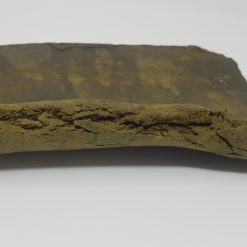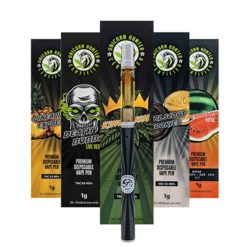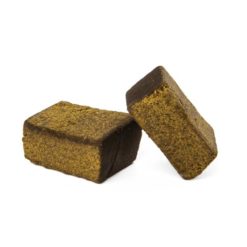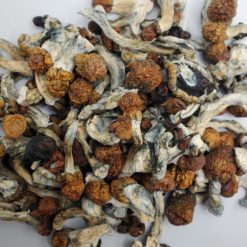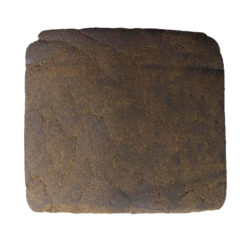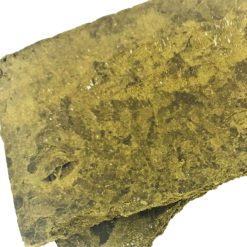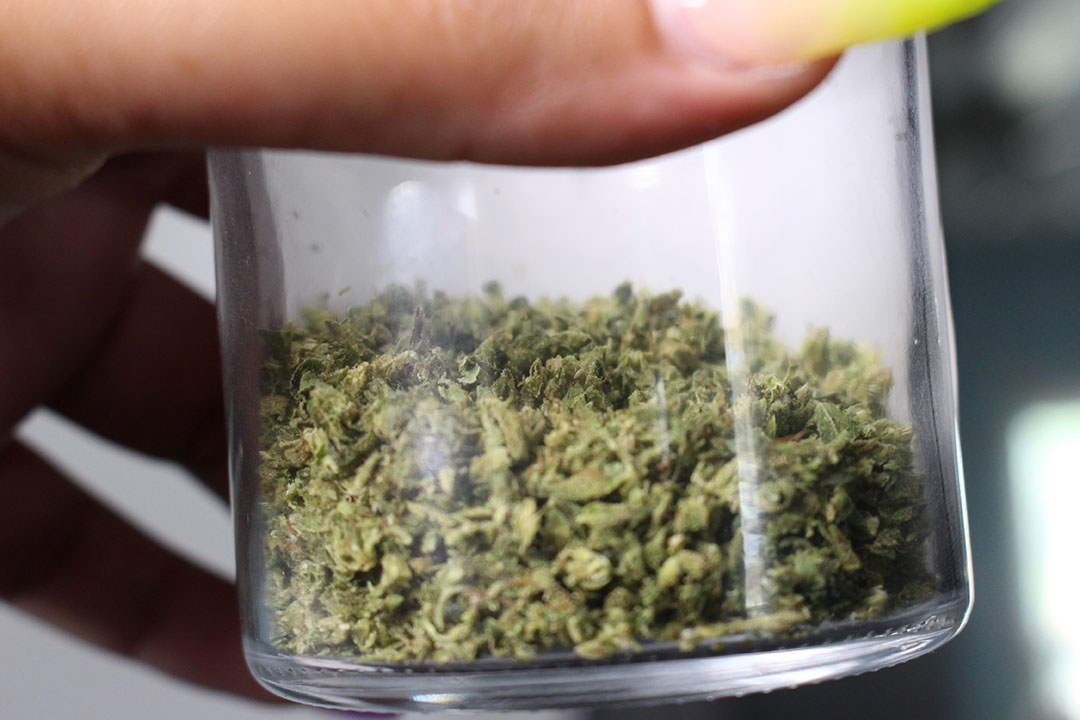Over the last 3 decades, we’ve seen an explosion in the cannabis industry. Even before the days of legality, growers have been responding to the ever growing consumer demand for new strains of cannabis higher in THC.
As a result of this very niched but now dominant market demand as well as new legality, it is unlikely that this demand will be going down any time soon.
So what does that mean in terms of the market, medicinal uses, and what are some potential cautions we may need to be aware of in the near future?
Market Trends – 60s to Now
In the 1960s (before the war on drugs but after cannabis prohibition), the amount of strains of cannabis available on the market was significantly lower than it is today. Private growers collectively used to experiment under secret conditions in order to try and produce more and more strains and adjust THC level. We simply do not have the data to know how many times this occurred, but what we do know today is that there are nearly 800 different strains of cannabis globally and that number continues to grow. Many of these strains are being bred in order to have higher levels of THC than those of the plants humans originally cultivated in the wild across Asia thousands of years ago.
In the 1960s-70s, testing of THC levels in cannabis plants began to enter the picture as the interest around the newly discovered psychoactive cannabinoid grew even faster than the plants themselves.
In the early 70s, lab reports placed the average THC concentration in tested cannabis strains to be anywhere from 0.18% to 0.7%. Even though this was more than enough for hippies to groove on, the demand for a more psychoactive marijuana bud was loud and clear. In the years that followed, growers got wise to this demand and got to work crossbreeding Sativa strains (as indicas tend to be lower in THC) and experimenting with growing conditions to maximise THC production in their products.
By the 1980s, growers had successfully raised the average of THC in street marijuana to 2%-3%, making stains several times more potent than had been available. As with any statistic, there are always outliers to numbers – some strains tested at 14% THC baselines in the mid 70s – but for now we will only discuss averages.
People were thrilled to have 2%-3%, but just like coffee, the need for something stronger was always present.
By the 1990s, the trend continued exponentially. Growers had succeeded in pushing the envelope further, and as a result the average THC content in cannabis flowers on the street was now upwards of 5%-6%, again doubling upon the numbers of the previous decade. CBD however remained around 0.3%-0.5% – unchanged in the majority of plants and may have slightly decreased. Selective breeding for medical CBD had not yet sufficiently entered the medical community to dictate average trends.
Fast forward to today, weed is legal, and THC content has remained the primary focus of recreational users which has further pushed the demand for high THC selectivity. We now see plants on the market with levels of THC as high as 25% (this number may even be higher in some strains) which makes cannabis upwards of 25x-30x more potent that the dominant strains on the market just a few decades ago.
THC Levels and Health
Looking at the numbers, it’s clear that we’re no longer smoking our parent’s highschool weed. We’re pushing potency in ways they never imagined in the days of sneaking behind the bleachers at recess to grab a quick toke before art class. So what do these higher levels of THC do for the medical benefits of marijuana?
Like anything else in medicine, we’re looking at a double edged sword. On the one hand, high THC can greatly benefit cancer patients with fighting pain and even slow tumor growth. It helps stimulate hunger and also greatly assists with insomnia.
On the other hand there is an addictive and psychosis inducing component to THC in select groups of individuals that is only recently being discovered.
In a 2008-2009 study which was conducted at Saint-Anne Hospital’s Addiction Treatment department in France and published in 2013, 45 patients seeking assistance with cannabis overuse disorders enrolled in order to determine the effect of THC dependence on the nervous system. The researchers tested the patients using data on Neural Soft Signs (NSS) which are markers of neurological dysfunction related to the body’s endocannabinoid system, which is also a part of the brain known to be affected in schizophrenia patients. The study found that THC does indeed have an effect on these receptors at elevated doses and subsequently patients with underlying neurological issues may suffer adverse effects from overuse. This risk factor for addiction and psychological symptoms of high potency THC use is not universal in cannabis users however and represents only a small number, -roughly 9% – of users according to Dr. Timothy Fong, Associate Clinical Professor of Psychiatry at UCLA.
Summing Up
When it comes to selecting if you prefer high or low THC, it’s important to listen to your body. If you feel unwell when you smoke, then consider going for a lower THC strain and it may dramatically improve your cannabis experience.
References:
Dr Timothy Fong, Addiction and cannabis, 2017 Cannabis Research Symposium, UCLA Health – https://www.youtube.com/watch?v=E43W6uzDNHA&t=1799s
How Many Different Cannabis Strains Are There?, by Nick Lindsey, 2017 – https://greenrushdaily.com/cannabis-strains/many-different-cannabis-strains/
Is Marijuana Stronger Now Than It Was In The 60s?, by Richard Cowen, 2020 – https://thefreshtoast.com/opinion/is-marijuana-stronger-now-than-it-was-back-in-the-60s/
Average THC and CBD levels in recreational cannabis 1960-2018 Chart by MEI – https://marijuana-education.com/topic/the-potency-of-marijuana-and-its-products/thcchart/
Neurological Soft Signs in non-psychotic patients with cannabis dependence, Alain Dervaux, Marie-Chantal Bourdel, Xavier Laqueille, Marie-Odile Krebs, Service d’Addictologie, Centre Hospitalier Sainte-Anne, France, 2013 – https://pubmed.ncbi.nlm.nih.gov/21054691/


